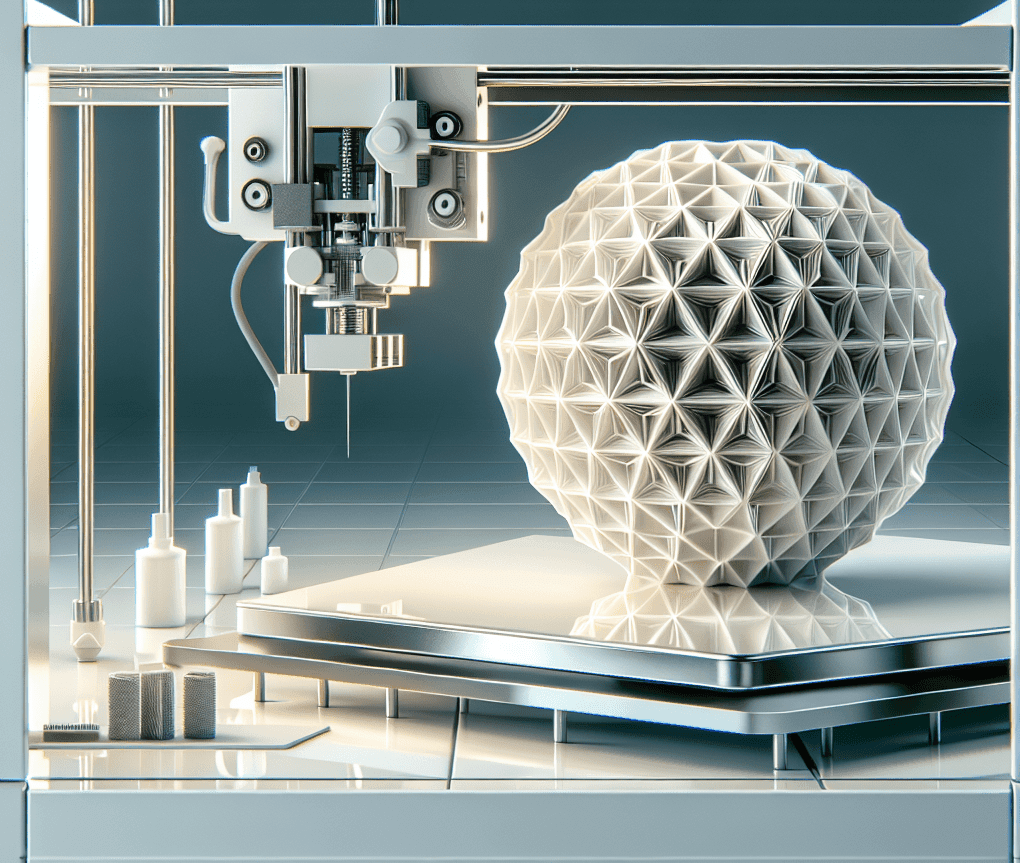Table of Contents
Introduction
3D printing has revolutionized the world of manufacturing, allowing for the rapid production of complex geometries and customized parts. However, one of the challenges that 3D printing faces is achieving high-quality surface finishes. In many cases, the surfaces of 3D-printed parts can be rough and uneven, requiring post-processing to achieve the desired finish. This article will explore some of the techniques that are being developed to improve the surface finishes of 3D printed parts, allowing for the production of parts with superior surface quality.
Techniques for Achieving Superior Surface Finishes
1. Layer Height Optimization
One of the simplest ways to improve the surface finish of 3D printed parts is to optimize the layer height. By reducing the layer height, the individual layers of the print become thinner, resulting in a smoother surface finish. While this may increase the printing time, the improved surface finish can be worth the trade-off. Experimenting with different layer heights can help to determine the optimal settings for achieving a high-quality surface finish.
2. Printing Orientation
The orientation in which a part is printed can also have a significant impact on the surface finish. By changing the orientation of a part, it is possible to minimize the appearance of layer lines and improve the overall surface quality. Experimenting with different printing orientations can help to identify the best orientation for achieving a smooth surface finish.
3. Support Structures
Support structures are often necessary when printing parts with overhangs or complex geometries. However, the removal of these support structures can leave behind marks or blemishes on the surface of the part. By optimizing the placement and design of support structures, it is possible to minimize the impact on the surface finish. Using dissolvable support materials can also help to achieve a cleaner surface finish.
4. Post-Processing Techniques
In some cases, post-processing techniques may be necessary to achieve the desired surface finish. Sanding, polishing, and painting are common methods for improving the surface quality of 3D printed parts. Additionally, chemical smoothing processes can be used to remove layer lines and create a smooth, glossy finish. Experimenting with different post-processing techniques can help to achieve the desired surface finish.
5. Material Selection
The type of material used for 3D printing can also have an impact on the surface finish of the part. Some materials, such as PLA, are easier to print but may result in a rougher surface finish. Other materials, such as ABS or resin, can produce parts with a smoother surface finish. Experimenting with different materials can help to identify the best material for achieving superior surface finishes.
Conclusion
Achieving superior surface finishes in 3D printing is essential for producing high-quality parts. By experimenting with techniques such as layer height optimization, printing orientation, support structures, post-processing, and material selection, it is possible to achieve smooth and clean surface finishes. With continued research and development, the future of 3D printing looks promising in terms of producing parts with superior surface quality.
FAQs
Can I achieve a smooth surface finish with FDM 3D printing?
While FDM 3D printing can produce parts with a rough surface finish, there are techniques that can be used to improve the surface quality. Experimenting with layer heights, printing orientations, support structures, and post-processing techniques can help to achieve a smooth surface finish.
How can I minimize the appearance of layer lines on my 3D-printed parts?
Optimizing the layer height, printing orientation, and support structures can help to minimize the appearance of layer lines. Additionally, using post-processing techniques such as sanding, polishing, or chemical smoothing can help to achieve a smoother surface finish.
What is the best material for achieving a smooth surface finish in 3D printing?
The best material for achieving a smooth surface finish will depend on the specific requirements of the part. Some materials, such as ABS or resin, are known for producing parts with a smoother surface finish. Experimenting with different materials can help to identify the best material for achieving superior surface finishes.
